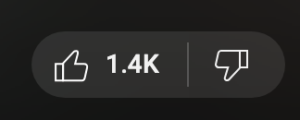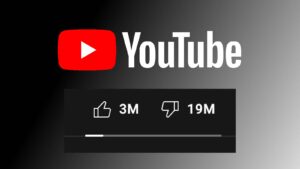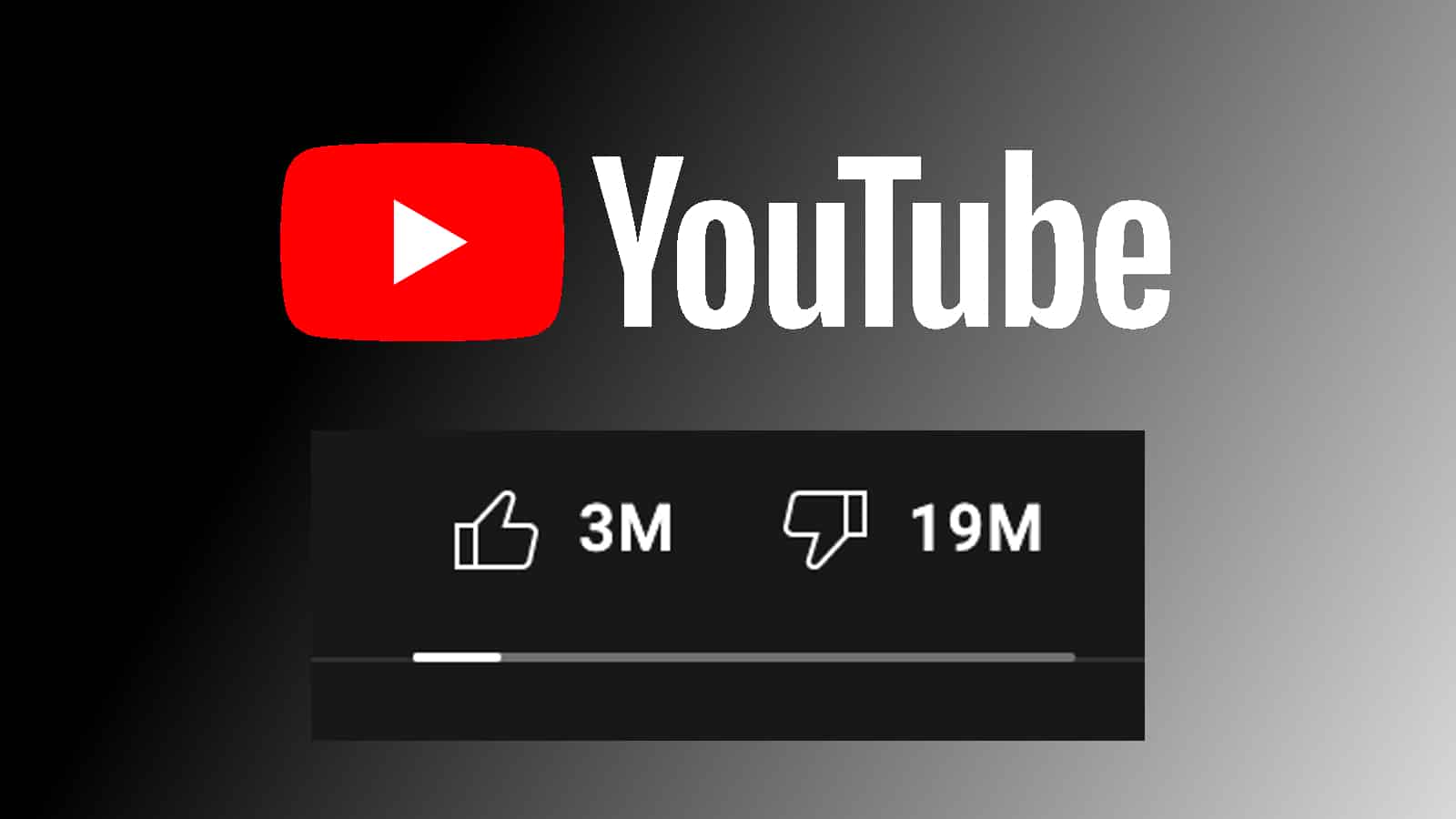In November 2021, YouTube made a controversial move: they hid the public dislike count on all videos.
This decision sent shockwaves through the content creation and marketing communities, igniting debates, conspiracies, and plenty of heated discussions.
Let’s explore why YouTube did this, how it can still be seen, the reactions, the pros and cons, and its overall impact on YouTube marketing and content creation.

Contact the SEO Pros: (519) 208-8680
Why YouTube Did It

On the level of fostering good PR and seeming virtuousness, YouTube claimed that hiding the dislike count was to create a more inclusive and respectful environment.
According to them, dislike attacks—where viewers deliberately drive up the dislike count on a video—were contributing to harassment and negatively impacting creators’ mental health.
By removing the public dislike count, YouTube aimed to reduce stress and discourage these coordinated attacks.
Behind the altruistic veneer, many speculated that YouTube’s real motive was to protect larger brands and content creators from public backlash.
This theory gained traction as major corporations and YouTube’s own high-profile uploads often garnered significant dislike counts, which could deter engagement and harm their reputation.
Can the Dislike Count Be Seen?

Although the dislike count is no longer publicly visible, it hasn’t disappeared entirely.
Creators can still view the number of dislikes in YouTube Studio, their backend management tool.
Additionally, the dislike button itself remains functional; viewers can still register their discontent, but they won’t see how many others have done the same.
For those who miss the public dislike count, browser extensions like “Return YouTube Dislike” can bring back this feature by aggregating data from YouTube’s API and user input.
Reactions to the Change

The reaction to YouTube’s decision was mixed, to put it mildly.
Some creators and viewers appreciated the move, believing it would foster a more positive environment.
However, many others saw it as a detrimental change that removed an important feedback mechanism.
Prominent YouTubers like Marques Brownlee (MKBHD) criticized the decision, arguing that dislikes serve as a valuable metric for viewers to gauge the quality of a video quickly.
Brownlee pointed out that dislikes help viewers avoid misleading content, scams, and low-quality videos.
That said, since we live in a culture that is hypersensitive to criticism of any kind and on any level, it’s really no surprise that Youtube pushed for this change.
Pros of Hiding the Dislike Count
![]()
Reduction in Harassment: Creators are less likely to be targeted by dislike mobs, which can improve mental health and reduce stress.
Encouraging Positivity: Without the visible dislike count, viewers might focus more on the content rather than jumping on the negativity bandwagon.
Protecting New Creators: New and smaller creators are less likely to be discouraged by visible dislike counts, which might encourage more people to start and continue creating content.
Cons of Hiding the Dislike Count

Loss of Immediate Feedback: The dislike count provided a quick way for viewers to assess video quality. Its removal can make it harder to identify misleading or poor-quality content.
Perceived Lack of Transparency: Many users feel that removing the dislike count reduces transparency and trust, as it hides potentially valuable information about viewer sentiment.
Potential for Increased Misinformation: With dislikes hidden, misleading videos might not be as easily identifiable, potentially leading to an increase in the spread of false information.
Overall Impact on YouTube Marketing and Content Creation

The removal of the public dislike count has had significant implications for YouTube marketing and content creation:
Content Quality Assessment: Marketers and content creators now rely more heavily on comments and other engagement metrics to gauge viewer reception.
This change necessitates a closer look at qualitative feedback rather than just numerical indicators.
Algorithm Influence: YouTube’s algorithm still considers dislikes when recommending videos, but without the public count, creators have less immediate insight into how their videos are being received by the wider audience.
Brand Protection: Brands and large creators may feel more shielded from public backlash, potentially leading to more experimental or bold content.
However, this protection could also reduce accountability.
Engagement Strategies: With dislikes less visible, strategies to drive engagement might shift.
Creators may focus more on fostering positive interactions in the comments and emphasizing like counts to maintain visible engagement metrics.
Conclusion
The removal of YouTube’s public dislike count is a double-edged sword.
On one side, it aims to create a safer, more positive environment for creators, shielding them from targeted harassment.
On the other, it removes a valuable feedback tool for viewers and risks reducing transparency.
Whether this move will ultimately benefit the YouTube community or erode trust and content quality remains a hotly debated question.
As YouTube continues to evolve, only time will tell how this change will shape the future of the platform.

